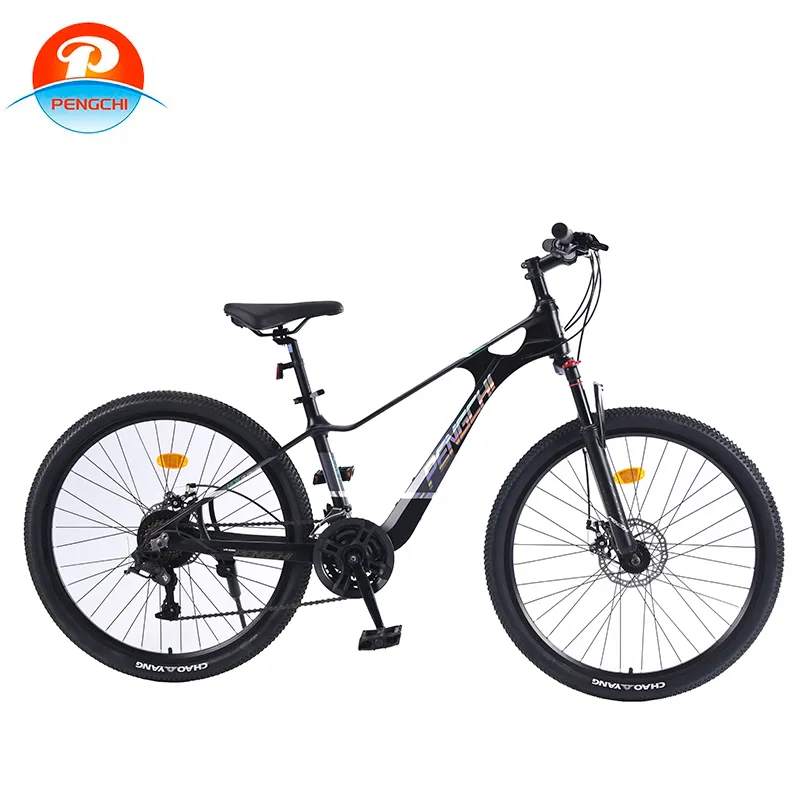
-
 Afrikaans
Afrikaans -
 Arabic
Arabic -
 Belarusian
Belarusian -
 Bengali
Bengali -
 Bulgarian
Bulgarian -
 Croatian
Croatian -
 Czech
Czech -
 Danish
Danish -
 Dutch
Dutch -
 English
English -
 Finnish
Finnish -
 French
French -
 German
German -
 Greek
Greek -
 hawaiian
hawaiian -
 Hebrew
Hebrew -
 Hindi
Hindi -
 Hungarian
Hungarian -
 Indonesian
Indonesian -
 irish
irish -
 Italian
Italian -
 Japanese
Japanese -
 Javanese
Javanese -
 kazakh
kazakh -
 Khmer
Khmer -
 Korean
Korean -
 Kyrgyz
Kyrgyz -
 Lao
Lao -
 Latin
Latin -
 Luxembourgish
Luxembourgish -
 Malay
Malay -
 Myanmar
Myanmar -
 Norwegian
Norwegian -
 Persian
Persian -
 Polish
Polish -
 Portuguese
Portuguese -
 Romanian
Romanian -
 Russian
Russian -
 Serbian
Serbian -
 Slovak
Slovak -
 Somali
Somali -
 Spanish
Spanish -
 Swedish
Swedish -
 Tagalog
Tagalog -
 Thai
Thai -
 Turkish
Turkish -
 Turkmen
Turkmen -
 Ukrainian
Ukrainian -
 Uighur
Uighur -
 Vietnamese
Vietnamese
דצמ . 05, 2024 01:52 Back to list
Comparing Features and Benefits of City Bikes and Mountain Bikes for Different Riders
City Bike vs. Mountain Bike Finding the Right Fit for Your Cycling Needs
Cycling is one of the most enjoyable and practical modes of transportation and recreation available today. With many options on the market, it’s easy to feel overwhelmed when it comes to choosing the right type of bike. Among the most popular categories are the city bike and the mountain bike. Each bike serves different purposes and is designed to excel in particular environments. This article aims to explore the key differences between city bikes and mountain bikes, helping you to make an informed choice based on your cycling needs.
Purpose and Design
The primary difference between city bikes and mountain bikes lies in their intended use and design. City bikes, also known as urban or commuter bikes, are built for paved surfaces and urban environments. They typically have a more upright riding position, which encourages comfort during commutes or leisure rides. City bikes often come with features like fenders, lights, and sturdy racks for carrying cargo, making them ideal for everyday errands and city commuting.
On the other hand, mountain bikes are engineered specifically for off-road and rugged terrains. They come equipped with wider tires that provide better traction and stability on uneven surfaces, including dirt, rocks, and steep inclines. Mountain bikes also feature a more aggressive design, with a lower center of gravity and suspension systems that absorb shocks from bumps and obstacles. This robust design caters to cyclists who thrive on adventure and outdoors.
Comfort and Riding Position
When it comes to comfort, city bikes generally have an edge for short to medium commutes. The upright riding position reduces strain on the back and neck, which is especially beneficial for urban cycling where stops and starts are frequent. Moreover, city bikes often have a comfortable saddle designed for longer durations of sitting, which is great for leisurely rides through the street or park.
Conversely, mountain bikes require a more aggressive riding position, which can feel less comfortable on long rides, especially on smooth surfaces. However, that design is necessary for maintaining control during challenging terrains. The weight distribution in a mountain bike facilitates better handling while navigating downhill trails, rocky paths, or steep climbs.
Tire and Gear Considerations
city bike vs mountain bike

City bikes typically come with thinner tires that provide less rolling resistance, allowing for faster rides on smooth surfaces. It’s common to find city bikes with gear ranges that accommodate the needs of city riding, such as flat routes and moderate hills. Fewer gears might mean less complexity and easier maintenance for the casual rider.
Mountain bikes, meanwhile, feature thicker, knobby tires designed to grip uneven surfaces and handle obstacles. They usually come equipped with a wider gear range, enabling cyclists to tackle steep inclines and rapid descents with ease. This capacity for versatility allows mountain bikes to perform exceptionally well on varied terrains but may require more effort for casual city riding.
Price Point and Maintenance
When considering price, city bikes are generally more affordable than their mountain counterparts. For everyday commuting needs, a decent city bike can often be found in various price ranges, catering to different budgets without sacrificing quality. Additionally, maintenance for city bikes is usually straightforward, as they face less wear and tear compared to mountain bikes.
Mountain bikes, while potentially more expensive due to their specialized components and technologies, are worthwhile investments for those who prioritize adventure and off-road cycling. However, they require regular maintenance, especially if used frequently on rough terrains, which could subsequently incur added costs.
Conclusion
Ultimately, the decision between a city bike and a mountain bike should be made based on individual lifestyle, cycling habits, and the environments in which you plan to ride. If you’re seeking a reliable bike for commuting to work, running errands, or leisurely rides in an urban area, a city bike is a fitting choice. Conversely, if you are an adventure enthusiast who enjoys exploring challenging trails and rugged landscapes, a mountain bike is the more appropriate option.
In summary, both city bikes and mountain bikes have their own unique advantages and disadvantages, making them suitable for different types of cyclists. Understanding these differences will aid you in selecting the bike that best meets your needs, ensuring that your cycling experience is enjoyable, efficient, and fulfilling.
-
Premium Titanium Road Bike: Lightweight & Durable
NewsAug.01,2025
-
Red Black BMX Bike with GPT-4-Turbo AI Tech
NewsJul.31,2025
-
New Red Anti-theft E-Bike | Easy Ride City Commuter
NewsJul.31,2025
-
BMX 20 Inch Bikes for Freestyle & Street | Fat Tire Options Available
NewsJul.30,2025
-
322 High Quality 26 Inch 21 Speed Adult Mountain Bike OEM MTB
NewsJul.29,2025
-
Specialized Kids Mountain Bikes - Safe, Durable & Fun Riding Experience
NewsJul.29,2025

